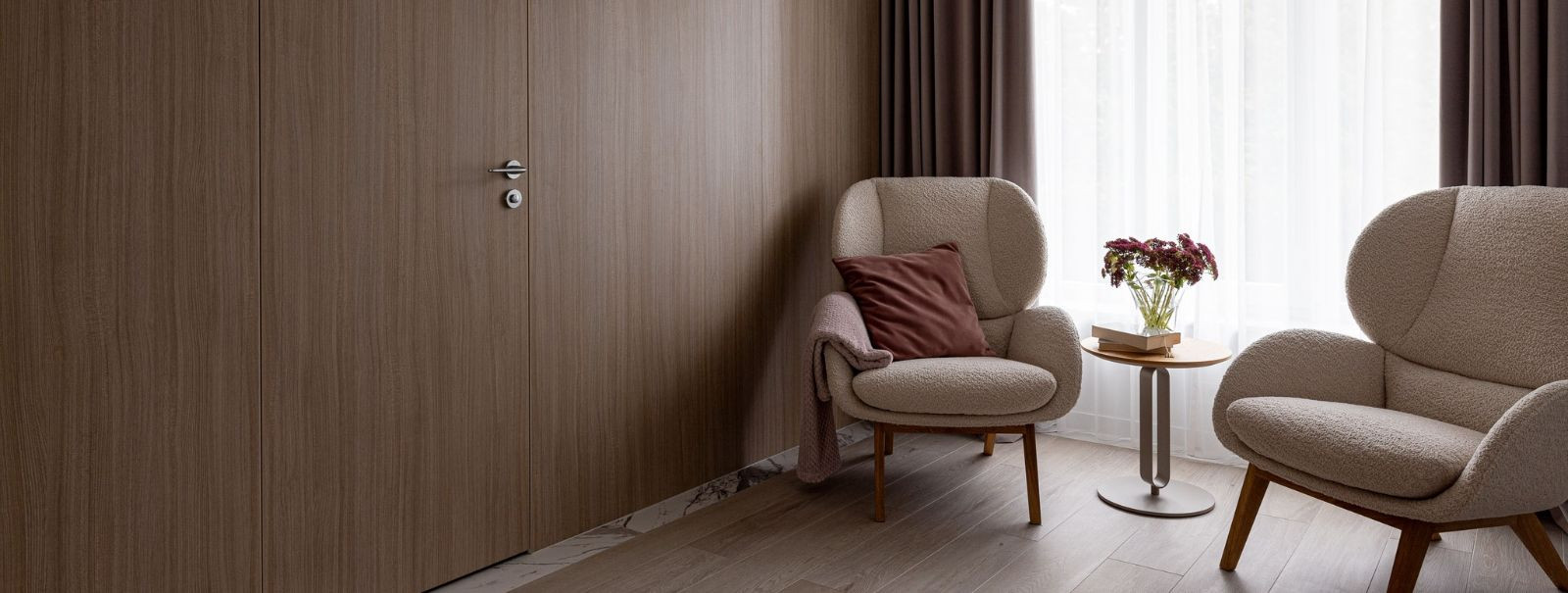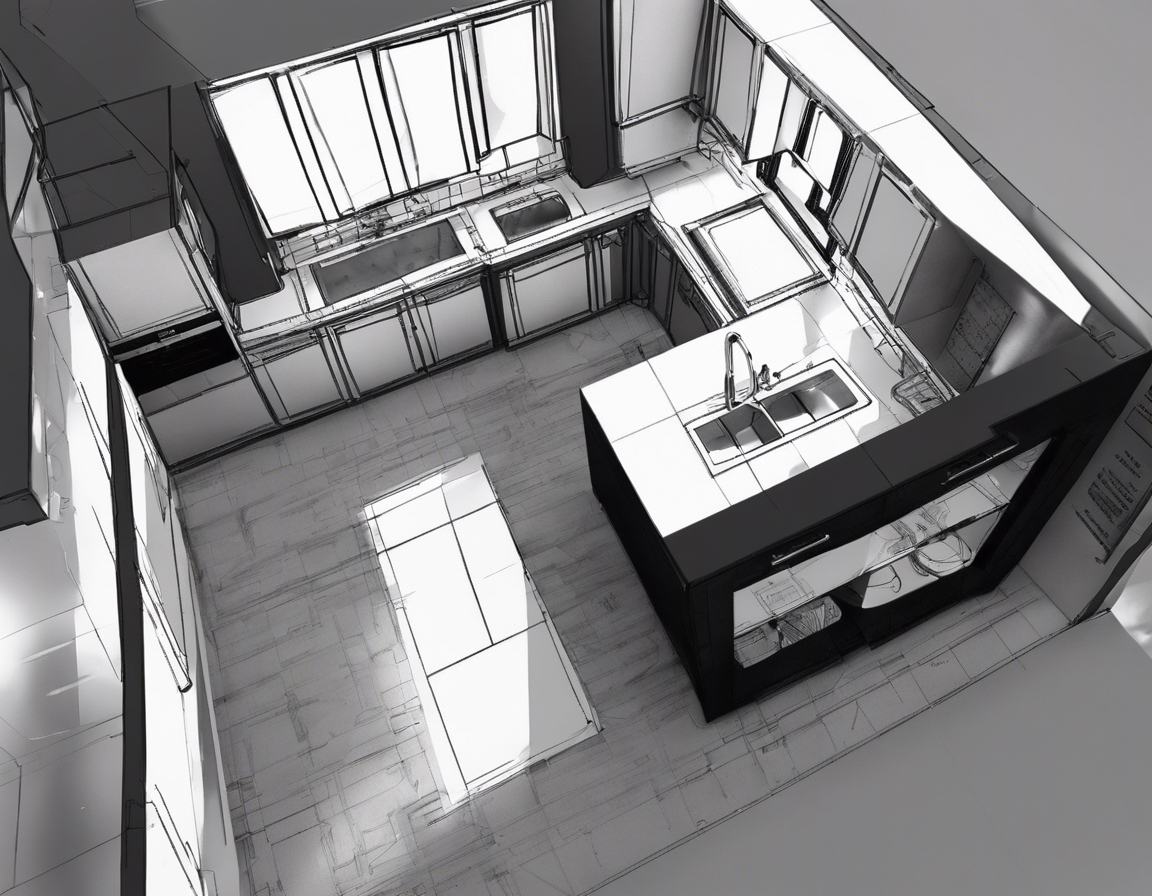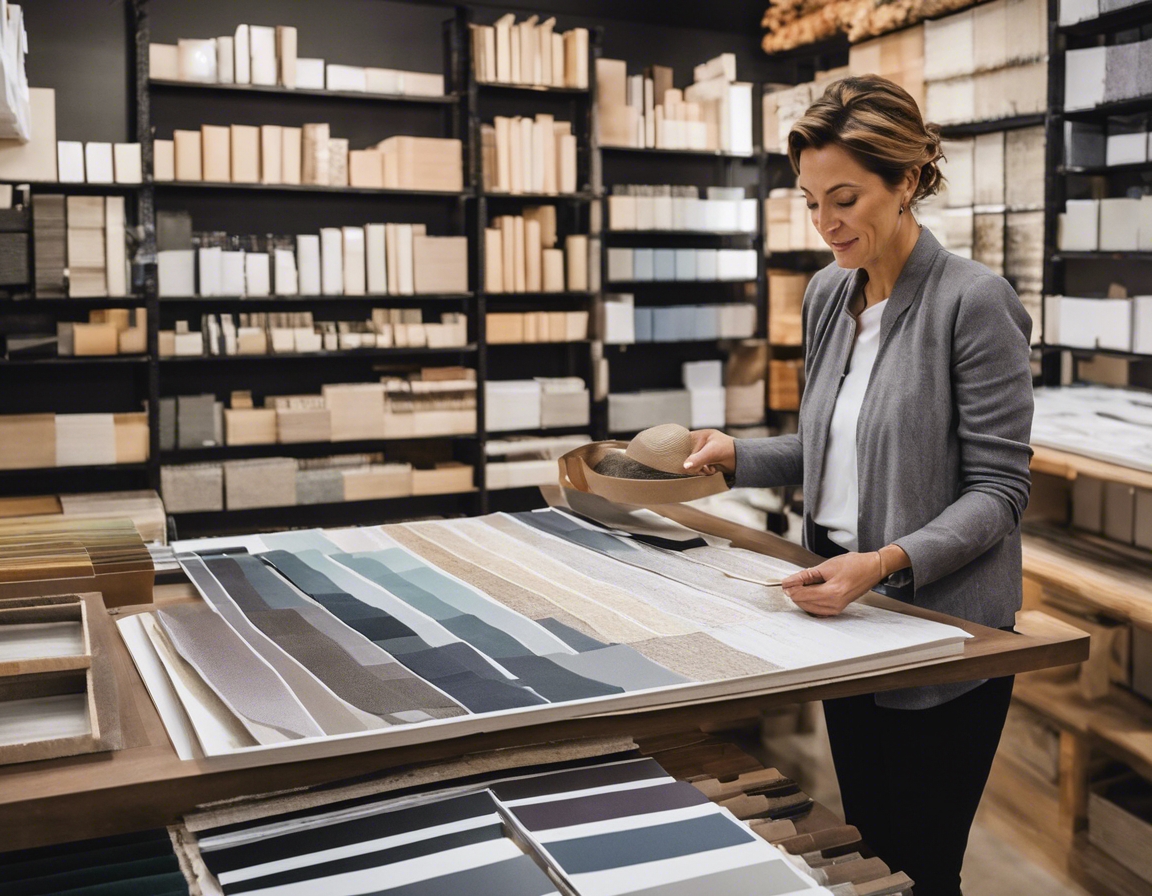5 tips for creating a cohesive interior design concept
Creating a cohesive interior design concept is akin to composing a symphony; each element must harmonize with the next to produce a pleasing and unified experience. Cohesion in interior design ensures that all parts of your space work together seamlessly, reflecting your personal style or brand identity while also being functional and aesthetically pleasing.
Cohesion is the thread that ties your design elements together. It's about creating a sense of unity and harmony throughout your space. This doesn't mean that everything has to match perfectly, but rather that there should be a clear relationship between the colors, textures, and forms within your environment.
A cohesive design concept is essential for establishing a space that feels intentional and complete. It's the difference between a room that feels disjointed and one that exudes a sense of balance and belonging. For businesses and affluent individuals alike, a well-thought-out design concept can significantly enhance the experience of the space.
Tip 1: Define Your Style and Color Palette
Begin by reflecting on what styles resonate with you. Whether it's modern minimalism, classic elegance, or eclectic chic, identifying your style is the first step in creating a cohesive design. Consider creating a mood board to visualize your ideas and inspirations.
Color is a powerful tool in design and can set the tone for your entire space. Select a primary color palette that reflects your style and use it consistently throughout your space. This will help create a visual connection between rooms and elements within your environment.
Tip 2: Plan Your Space Thoughtfully
Effective space planning is crucial for a functional and cohesive interior. It involves considering how you will use the space and arranging elements to optimize flow and utility.
Divide your space into zones based on function and design elements that guide the eye and movement throughout the space. Consistency in spacing, scale, and proportion will contribute to a cohesive look and feel.
Tip 3: Select Consistent Materials and Textures
Materials play a significant role in the overall feel of a space. Choose materials that complement your style and color palette, and use them consistently across different areas and elements to maintain a unified look.
Textures add depth and interest to a space. Incorporate a variety of textures that align with your design concept, but ensure they don't clash. Consistent use of textures can enhance the sense of cohesion.
Tip 4: Incorporate Balanced Lighting
Lighting is not just functional; it's an integral part of interior design. Choose lighting fixtures that complement your design style and use them to highlight key areas and create ambiance.
Layer different types of lighting—ambient, task, and accent—to achieve both functionality and aesthetic appeal. Consistent lighting styles and temperatures can tie the space together.
Tip 5: Accessorize with Purpose
Accessories are the finishing touches that can make or break the cohesion of your design. Select pieces that reflect your style and color palette, and place them strategically to enhance the overall design narrative.
Use accessories to create focal points that draw attention and contribute to the room's balance. Ensure that these elements work in harmony with the rest of your design to reinforce the cohesive concept.






Comments (0)